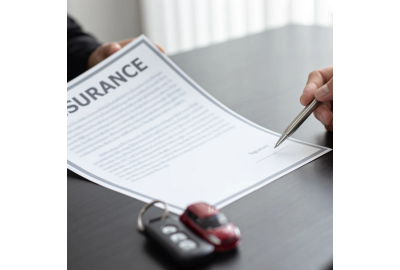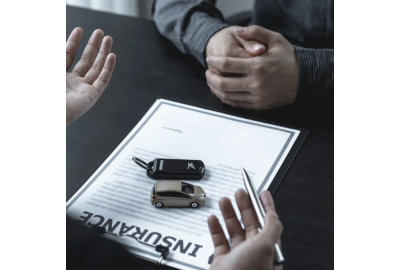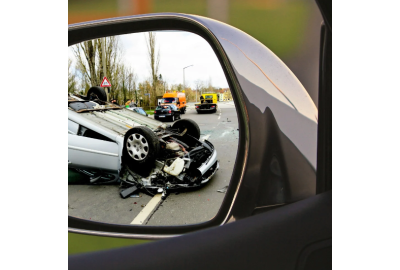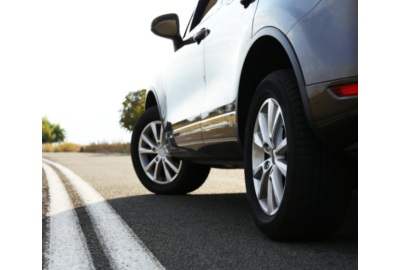Home excess insurance exists to make life easier for policyholders. It’s designed to bridge the gap between what your insurer pays and what you’re responsible for. The process is simple: when your main insurance claim is approved and you’ve paid your excess, you can then reclaim that amount through your excess insurance policy.
Insurance excesses are designed to deter small claims and keep premiums manageable. However, in practice, high excesses can delay claims being made at all. Many homeowners hesitate to pick up the phone because they are unsure how they will cover the excess amount. In some cases, this delay can worsen the damage and lead to even higher costs in the long run. By taking out Home Excess Insurance, you remove that hesitation. You know that if disaster strikes, the excess will be refunded to you. This ensures you can proceed with the claim promptly, secure in the knowledge that your financial contribution won’t become an obstacle.
Bettersafe.com has built a reputation for straightforward, reliable insurance products that put customers first. Their Home Excess Insurance is designed to remove barriers and reduce stress, so you can claim without hesitation. The process is simple, the cover is clear, and the reassurance it provides is tangible. When you’re dealing with property damage, you don’t want to add financial anxiety to the list. With Bettersafe.com, you can focus on getting your home back in order, knowing your excess is covered.
Excess Insurance in the UK has become more than just a nice-to-have, it's a smart financial safeguard. Whether dealing with your own motor policy or renting a vehicle, excess charges can hit your wallet unexpectedly hard. But with solutions like Car Hire Excess Insurance, you can drive with confidence, knowing you’re covered. When considering excess insurance, remember: purchase in advance, pick the right level of protection, and always keep your documentation. Whether it's a holiday in France or a weekend hire near home, this little-known policy can save you from big stress and bigger costs.
In a world where travel costs are rising and holiday budgets are tight, this type of cover has become an essential companion for travellers. Instead of worrying about scratches, cracked windscreens, or theft, you can focus on enjoying your journey. Ultimately, car hire should be about convenience and freedom, not financial stress. With the right excess insurance in place, you can hit the road with confidence, knowing that you’re protected from unexpected charges and free to enjoy your trip to the fullest.
So, what is gap insurance? In essence, it's a safety net that covers the financial difference between a car’s depreciated value and either its original purchase price or any outstanding finance. Designed primarily for new or financed vehicles, it helps drivers avoid costly shortfalls if their vehicle is written off or stolen. As car depreciation accelerates and insurance settlements often fall short, gap insurance has become far more than an optional add-on; it’s a sensible safeguard against unforeseen financial exposure. With tailored options like Return to Invoice and Finance Shortfall in your policy, and added benefits like excess reimbursement and temporary transport, gap insurance ensures you won’t be left paying for what you no longer own. For anyone asking what is gap insurance for cars, the answer is simple: it’s your financial safety net, keeping you secure and worry-free when life on the road doesn’t go as planned.
Whether you’re a first-time buyer of a new car, financing a vehicle, or simply want peace of mind, gap insurance return to invoice is a smart option. It protects your investment, ensures you’re not left out of pocket, and makes car ownership less stressful.
In a world where vehicles depreciate rapidly, return to invoice gap insurance gives UK drivers confidence that they’ll always get back what they put in.
Gap insurance (Guaranteed Asset Protection) is a supplementary form of vehicle insurance designed to protect you from being out of pocket if your car is stolen or written off. Standard vehicle insurance typically pays out the market value of your vehicle at the time of the claim - a figure that often falls well below what you originally paid or still owe on the car.
GAP insurance covers the difference between your car’s value and what you owe if it’s written off or stolen. It’s most useful for new or used cars with small down payments, long loans, or fast depreciation. You may not need it if you’ve built strong equity, have a short loan, or can cover a shortfall yourself.
If your car is stolen and not recovered, your comprehensive insurance will typically only pay out the car’s market value at the time of theft—which may be much lower than what you originally paid. This can leave you with a financial gap, especially if you have outstanding finance.










